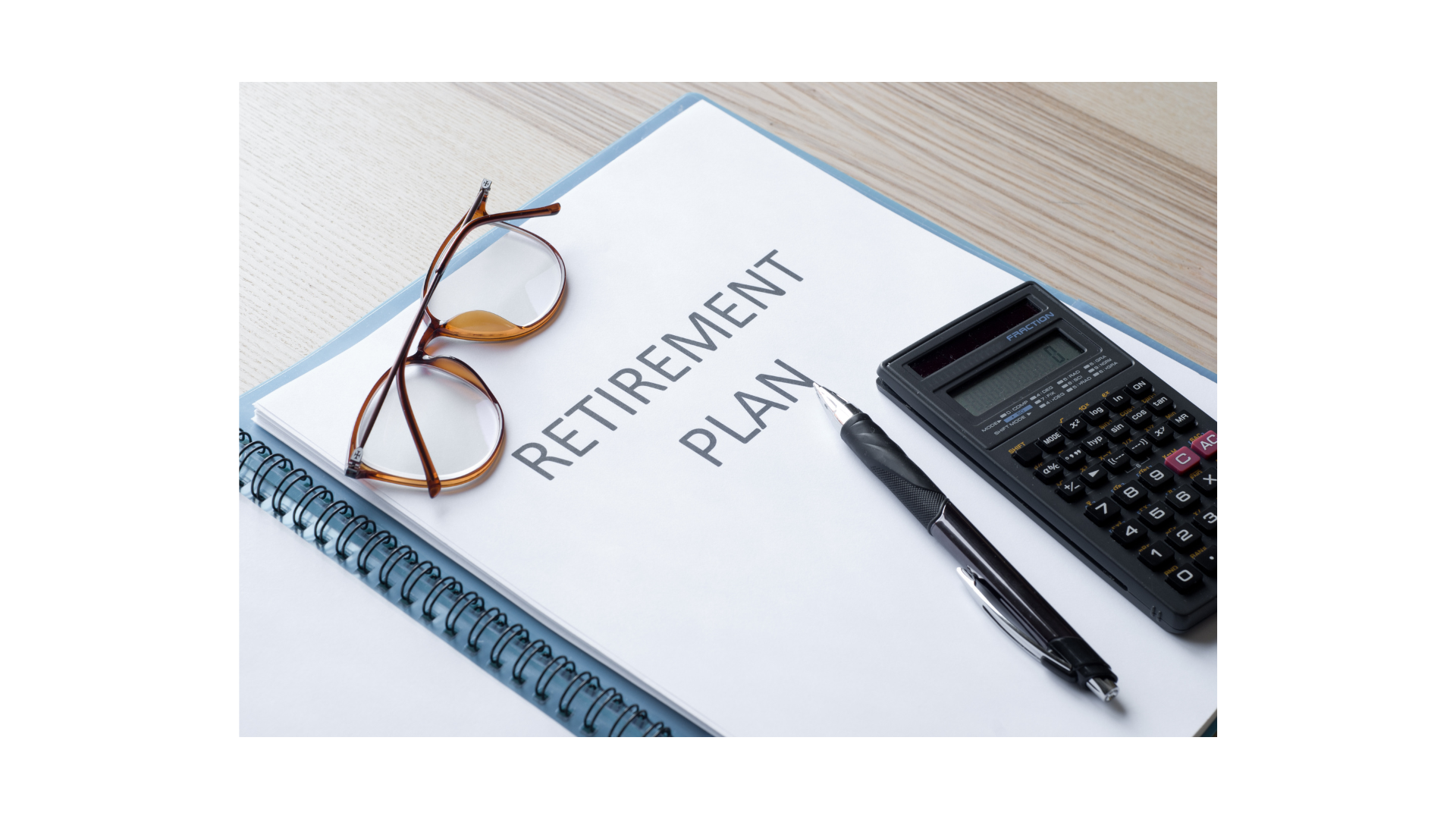States Are Requiring Retirement Plans
Will new mandates solve an old financial problem?
Too many Americans save too little for retirement. This problem has been discussed for decades in all kinds of media, and there seems to be no easy way to solve it.
Fourteen states are giving it a try, however: they have passed or introduced laws requiring or urging companies to provide retirement savings opportunities to employees. In most of these 14 states, employers must either sponsor a retirement plan, or automatically enroll their workers in a state program.1
Payroll giant ADP notes that a majority of states have considered mandatory retirement saving programs. A similar mandate is being discussed on Capitol Hill: H.R. 2954, informally called SECURE ACT 2.0, would require employers to auto-enroll employees in workplace retirement plans. This bill stalled in Congress in 2021, but the House and Senate are likely to revisit it this year.2,3
California and New York are among the states now stipulating worker enrollment. By June 30, 2022, any private employer in California with more than five full-time employees (FTEs) must offer those FTEs a retirement savings program, enroll them in the new CalSavers retirement plan, or face fines after 90 days of non-compliance. New York now requires most businesses and non-profits with ten or more employees to either provide retirement savings choices for them or auto-enroll them in the New York State Secure Choice Savings Program.1,4
In Vermont and Washington, the employer mandate is voluntary. In all 14 states, employees have the right to opt out of the state-run retirement programs.1
Will efforts like this solve the problem of inadequate retirement saving? Not entirely. Only about 50% of Americans participate in employer-sponsored retirement programs. Tens of millions of Americans lack access to any kind of retirement plan.5
Even if SECURE Act 2.0 becomes law, its automatic enrollment stipulation would not be retroactive. Automatic enrollment would only be a requirement for new workplace retirement plans, not those created in the past. It could also allow employer-sponsored retirement plans to set a deferral rate as low as 3%, and many financial professionals would like to see savers direct greater percentages of their earnings toward retirement.5
The list of states with retirement program mandates either live or oncoming includes California, Colorado, Connecticut, Illinois, Maine, Maryland, Massachusetts, New Jersey, New Mexico, New York, Oregon, Vermont, Virginia, and Washington. Twenty-one other states have introduced bills into their legislatures that could create similar requirements.1
This material was prepared by MarketingPro, Inc., and does not necessarily represent the views of the presenting party, nor their affiliates. This information has been derived from sources believed to be accurate. Please note - investing involves risk, and past performance is no guarantee of future results. The publisher is not engaged in rendering legal, accounting or other professional services. If assistance is needed, the reader is advised to engage the services of a competent professional. This information should not be construed as investment, tax or legal advice and may not be relied on for the purpose of avoiding any Federal tax penalty. This is neither a solicitation nor recommendation to purchase or sell any investment or insurance product or service, and should not be relied upon as such. All indices are unmanaged and are not illustrative of any particular investment.
Citations
1. Nasdaq.com, January 12, 2022
2. ADP, January 30, 2022
3. Barron’s, January 3, 2022
4. National Law Review, October 29, 2021
5. MarketWatch, March 31, 2021


Iowa
4200 University Avenue, Suite 200
West Des Moines, IA 50266
800-677-1529
Securities offered through LPL Financial, Member FINRA/SIPC. Investment advisory services offered through Global Retirement Partners, LLC dba AssuredPartners Financial Advisors, an SEC registered investment advisor. AssuredPartners Financial Advisors and LPL Financial are separate non-affiliated entities.
GRP Advisor Alliance is an independent network of retirement plan focused advisors. GRP Advisor Alliance is not affiliated with or endorsed by LPL Financial.
The financial professionals associated with LPL Financial may discuss and/or transact business only with residents of the states in which they are properly registered or licensed. No offers may be made or accepted from any resident of any other state.









